Are you constantly racing to the store to buy more cat litter? Do you wish there was a way to make your cat litter last longer, saving time and money? Well, look no further!
In this blog post, we will uncover some genius tips and tricks on how to extend the lifespan of your cat litter. From savvy storage solutions to clever scooping techniques, get ready to revolutionize how you manage your feline friend’s bathroom needs. Get ready for a cleaner home and happier wallet – let’s dive in!
Introduction To The Problem Of Cat Litter Running Out Quickly:
Cats are beloved pets in many households, but one common frustration for cat owners is the constant need to replenish their supply of cat litter.
No matter how much trash we buy, it always runs out quickly and needs to be replaced. This not only adds up in terms of cost but also creates unnecessary waste that can harm the environment.
Cat owners commonly face the problem of cat litter running out quickly for several reasons. First and foremost, cats are instinctive to bury their waste, which means they use the litter box multiple times a day.
Additionally, cats tend to dig and scatter their litter while using the box, leading to more frequent refills. Furthermore, many commercial cat litter is made from clay or other non-biodegradable materials that do not absorb odours well and must be changed frequently.
Not only does constantly replacing cat litter become expensive over time, but it can also be a hassle for busy pet owners. But fear not – there are solutions available that can help make your cat litter last longer without sacrificing cleanliness or convenience.
In this blog post, we will discuss various tips and tricks on making your cat litter last longer while maintaining a clean and fresh environment for your furry friend. So, let’s dive into these methods and learn how you can tackle this common issue faced by many cat owners!
The Importance Of Proper litter Box Maintenance:
The litter box is an essential part of a cat’s daily routine and plays a crucial role in their overall health and well-being. As a cat owner, it is your responsibility to ensure that the litter box is clean and well-maintained at all times. Proper litter box maintenance not only keeps your home clean but also benefits your furry friend in various ways.
Here Are Some Reasons Why Proper Litter Box Maintenance Is Important:
Proper litter box maintenance is often overlooked by many cat owners, but it is a crucial aspect of responsible pet ownership.
Neglecting to clean and maintain your cat’s litter box can have serious consequences for both you and your furry friend. In this section, we will discuss the reasons why proper litter box maintenance is important and how it benefits both you and your cat.
1. Promotes Good Hygiene:
Cats are known for their cleanliness, and they expect the same from their litter boxes. A dirty litter box can lead to unpleasant odours and be a breeding ground for bacteria and parasites, which can cause health issues for both you and your cat. Regularly cleaning the litter box prevents the spread of germs and promotes good hygiene for everyone in the household.
2. Prevents Health Issues:
When a litter box is not properly maintained, it becomes a breeding ground for bacteria, fungi, and parasites that can cause serious health problems for your cat. These microorganisms can enter their body through their paws or when they groom themselves after using the dirty litter box. This can result in urinary tract infections, respiratory infections, or even more severe conditions like toxoplasmosis. By keeping the litter box clean, you are protecting your cat from these potential health hazards.
3. Prevents Behavioural Problems:
Cats are creatures of habit, and changes in their routine or environment can trigger stress or anxiety. A dirty or overcrowded litter box can cause discomfort for your cat, leading to behavioural problems such as urinating outside the litter box or refusing to use it altogether. By maintaining a clean and comfortable environment for your cat, you reduce the risk of these unwanted behaviours.
4. Prevents Odour Build-Up:
One of the most obvious reasons why proper litter box maintenance is important is to prevent the build-up of unpleasant odors.
Cats are known for their cleanliness, and they prefer a clean and fresh litter box to do their business in. If the litter box is not regularly cleaned, bacteria and ammonia from urine can accumulate, resulting in a strong smell that can quickly fill up your home. This not only makes living conditions uncomfortable but also poses health risks as inhaling these odors can lead to respiratory issues.
5. Increases litter longevity:
Properly maintaining the litter box means removing waste promptly, which helps prolong its lifespan. When clumps of urine or feces are left unattended, they break down into smaller particles that mix with clean litter, making it less effective at absorbing moisture and
Choosing The Right Type Of litter For Your Cat And Your Budget:
Choosing the right type of litter for your cat and your budget is an important aspect to consider when trying to make your cat litter last longer. Not all wastes are created equal, and factors such as cost, convenience, odour control, and environmental impact should be considered. In this section, we will discuss the different types of cat litter available and their pros and cons.
1. Clay Litter:
Clay litter is one of the most commonly used types due to its affordability and easy availability. It is made from natural clay minerals that clump when exposed to moisture, making it easy to scoop out urine or feces. However, clay litter can be quite dusty, which can cause respiratory problems in both cats and humans. The dust can also settle on surfaces around the litter box, leading to additional cleaning efforts.
2. Clumping Litter:
Like clay litter, it is clumping litter that forms solid clumps when in contact with liquid waste. This makes scooping out waste easier and keeps the rest of the clean litter intact for longer use. Clumping litters are usually made from various materials such as corn, wheat, or wood shavings, which are more environmentally friendly than traditional clay litters.
3. Non-Clumping Litter:
Non-clumping litters do not form solid clumps but absorb liquid waste like sponges. These litters are typically made from recycled paper or pine pellets and offer good odour control without producing much dust.
Tips For Extending The Life Of Your Cat Litter:
Cat litter is an essential part of owning a cat, as it helps to keep your home clean and odour-free. However, constantly buying new litter can quickly become expensive. Fortunately, several tips and tricks can help extend the life of your cat litter, saving you time and money in the long run.
1. Scoop Regularly:
The most important tip for making your cat litter last longer is to scoop it regularly. This means scooping out solid waste at least once daily and clumping every few days. By removing waste promptly, you prevent bacteria growth and minimize odours. It also prevents the litter from becoming saturated too quickly, extending its lifespan.
2. Use High-Quality Litter:
Investing in good quality cat litter can make a significant difference in how long it lasts. Cheaper litters may seem like a more cost-effective option, but they often require frequent replacements due to their poor absorbency and clumping abilities. Instead, opt for high-quality scraps that may be slightly more expensive upfront but will last longer.
3. Layer With Baking Soda:
Baking soda is known for its deodorizing properties and can be incredibly useful when trying to extend the life of your cat litter. Sprinkling a thin layer of baking soda on top of the fresh trash can help absorb any unpleasant odours before they have a chance to spread throughout the box.
4. Avoid Overfilling:
One of the most common mistakes cat owners make when it comes to maintaining their cat’s litter box is overfilling it with litter.
While it may seem like a good idea to have a deep layer of litter for your cat to dig and bury their waste in, there are actually several reasons why this can be harmful for both you and your feline friend.
Firstly, overfilling the litter box can lead to unnecessary mess and odor. Cats naturally like to dig in their litter boxes, but if there is too much litter, they may end up kicking it out onto the floor or tracking it around the house. This not only creates more work for you in terms of cleaning up, but it also exposes your cat to potentially harmful substances if they ingest any of the scattered litter.
Moreover, an excessive amount of litter can make it difficult for your cat to find a clean spot to do their business. This could result in them finding alternative places around the house to relieve themselves, leading to unsanitary conditions and unpleasant surprises for you
DIY Options For Making Your Cat Litter At Home:
DIY options for making your cat litter at home can be a great solution for cat owners who want to save money and reduce their environmental impact. Making your cat litter is not only cost-effective, but it also allows you to have control over the ingredients used, ensuring that your furry friend is using a safe and natural product.
There are various DIY options for making your cat litter at home, each with unique benefits and drawbacks. The most popular methods include natural wood shavings, shredded newspaper, or dried leaves.
One of the simplest ways to make your cat litter is using biodegradable materials such as sawdust or wood shavings. These materials are highly absorbent and can effectively neutralize odours.
How To Make DIY Cat Litter:
- To make this type of cat litter, all you need to do is collect some sawdust or wood shavings from untreated wood and spread them out on a baking sheet.
- Bake them in the oven at 200 degrees Fahrenheit for about an hour to dry them out completely. Once cooled down, you can use this homemade litter in your cat’s litter box.
Another popular option is shredded newspaper as a base material for homemade cat litter.
- This method involves shredding old newspapers into small pieces and then soaking them in water mixed with baking soda or vinegar.
- After washing overnight, squeeze out any excess water and let it dry completely before using it as a kitty litter alternative.
Common Mistakes To Avoid When Trying To Make Cat Litter Last Longer:
Regarding cat litter, pet owners always look for ways to make it last longer. Not only does this save money, but it also reduces the waste produced by constantly replacing litter. However, in their efforts to extend the lifespan of cat litter, many pet owners make common mistakes that have the opposite effect. In this section, we will discuss some of these mistakes and provide tips on how to avoid them.
1. Using Too Little Litter:
One of the most common mistakes pet owners make is using too little waste in their cat’s litter box. This may seem counterintuitive – after all, using less means you’ll have more left over. However, when there is not enough litter in the box, urine and feces tend to clump at the bottom and get stuck on the sides of the box. This makes cleaning more difficult and leads to quicker saturation of the remaining litter.
To avoid this mistake, follow the recommended amount of litter suggested by your brand’s packaging or instructions from your veterinarian. Generally, a depth of 2-3 inches is recommended for most types of clumping scraps.
2. Not Scooping Regularly:
Another mistake that can significantly reduce the lifespan of cat litter is not scooping regularly. When waste accumulates in the box without being removed promptly, it can lead to odour buildup and bacteria growth – both factors that contribute to faster saturation and wastage of cat litter.
Conclusion With A Summary Of Key Takeaways And Reminder To Prioritize Your Cat:
By implementing these tips and tricks, you can significantly extend the lifespan of your cat litter and save money in the long run. Let’s quickly recap the key takeaways:
1. Choose A High-Quality Litter:
The type of litter you use is crucial for longevity. Opt for clumping clay or silica-based litters as they are more absorbent and last longer.
2. Scoop Daily:
Regularly scooping out waste will not only keep your cat happy but also prevent bacterial growth and odour buildup in the litter box.
3. Use Baking Soda:
Baking soda is a natural deodorizer that can help neutralize unpleasant smells from the litter box. Sprinkle some on top of the litter every few days.
4. Invest In A Litter Mat:
A good quality litter mat will trap excess particles from your cat’s paws, reducing tracking and minimizing waste outside of the box.
5. Practice Proper Storage Habits:
Properly storing unused cat litter will prevent it from drying out or getting contaminated, ensuring its effectiveness when used next time.
6. Avoid Overfilling The Box:
Using excessive amounts of litter not only wastes product but also makes it harder to scoop out waste efficiently.
7. Consider Trying Alternative Options:
Experiment with different types of litter, such as wood pellets or shredded paper, to see which one works best for you and your cat.
Remember to prioritize your cat’s well-being when choosing and maintaining their litter box.

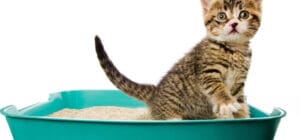
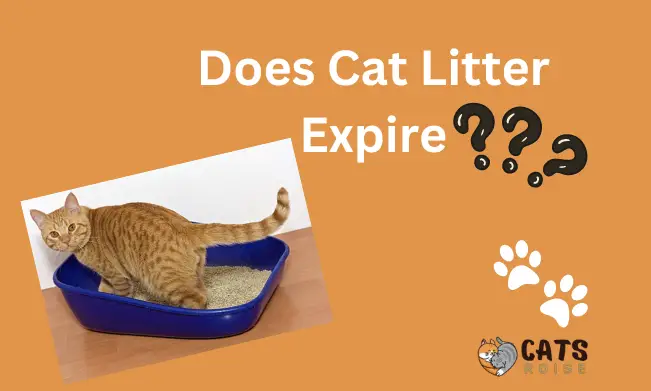
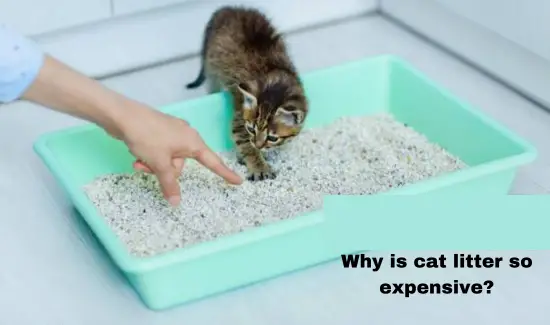
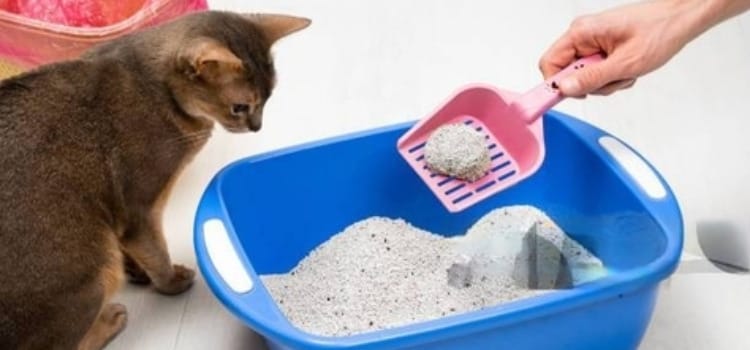
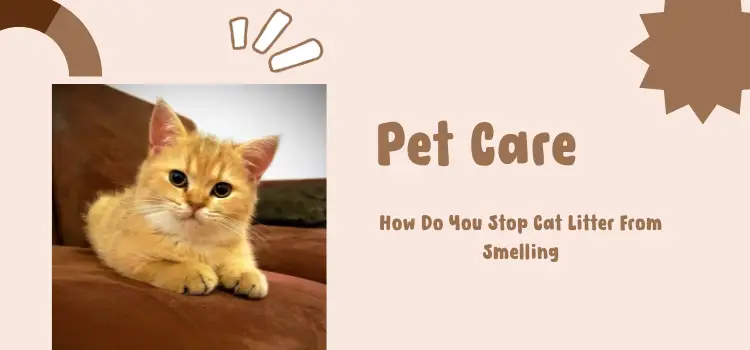
[…] is most frequent ask question that how long do cat litter boxes last . The lifespan of a litter box largely depends on […]